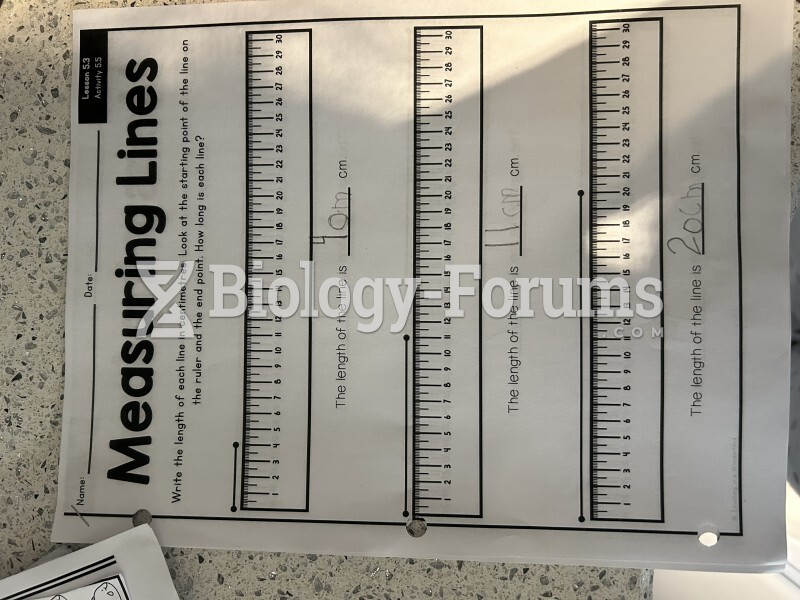Answer to Question 1
Suggested Response: Danielle and all learners benefit from learning strategies that help them organize and remember.
Suppose Danielle is teaching herself to use visual tools such as concept maps to organize and remember information. These strategies transfer to many topics across many domains of study.
The first stage of learning the strategy is the acquisition phase. Danielle needs to read instructions about using the strategy, find examples on the Internet or from friends, and learn when and how to use the strategy. She needs to rehearse by using the strategy as she reads her homework assignments.
The next stage is the retention phase. Danielle needs to keep practicing and overlearn the strategy until it becomes automatic for her to organize material using concept mapping or a similar visual tool. She might find another student who uses concept mapping to compare notes and give her feedback. She might also ask a teacher to look at her concept maps and give her feedback.
The third stage is called the transfer phase. In this phase Danielle develops strategic transfer and tries to use the strategy with new learning situations. Until now she used the strategy successfully to organize material she read from her texts. Now she branches out to new learning problems. For example, she might take a complex concept that is covered in an entire chapter and boil it down to a concept map. She might take her notes from lectures about one of the body systems and turn her notes into a concept map. She might even merge concepts across chapters to solve problems of recognizing relationships among concepts.
If Danielle teaches herself this strategy and practices it until it becomes automatic, she should make academic gains.
Text Reference: Teaching for Transfer
Answer to Question 2
Suggested Response:
Mrs. Gomez should provide opportunities for students to use divergent thinking. The process may involve asking questions that are not included in the teacher's guides. Such questions ask students to think of additional solutions to problems and consider perspectives that are not presented in the lessons.
She should use brainstorming regularly with her students. By engaging in true brainstorming, students learn to listen and consider others' ideas with judging, to come up with ideas of their own, to build upon ideas of others, and to verbalize wild ideas. The process can be freeing and encourage students to take risks and express ideas that do not conform.
Mrs. Gomez should provide a wide range of resources, supplies, and materials for students to use in the production of creative projects. Such projects allow children to demonstrate their learning in nontraditional and creative ways.
Mrs. Gomez should also be quick to tolerate diverse ideas and dissenting opinions. In doing so, she creates a learning environment in which diversity is respected. Students will not feel as though they are being poured into a mold of thinking and behaving a certain way.
She might alsocapitalize on technology in the classroom. She might model innovative uses of technology and ask students for ideas about using technology. She might find free apps and programs that encourage divergent thinking and creative solutions.
She might provide spaces in the classroom for students to do creative projects and explore. If her classroom has limited space, she might develop assignments that encourage students to make choices about creative projects they can do at home or at their desks during special work times.
Text Reference: Creativity: What It Is and Why It Matters







